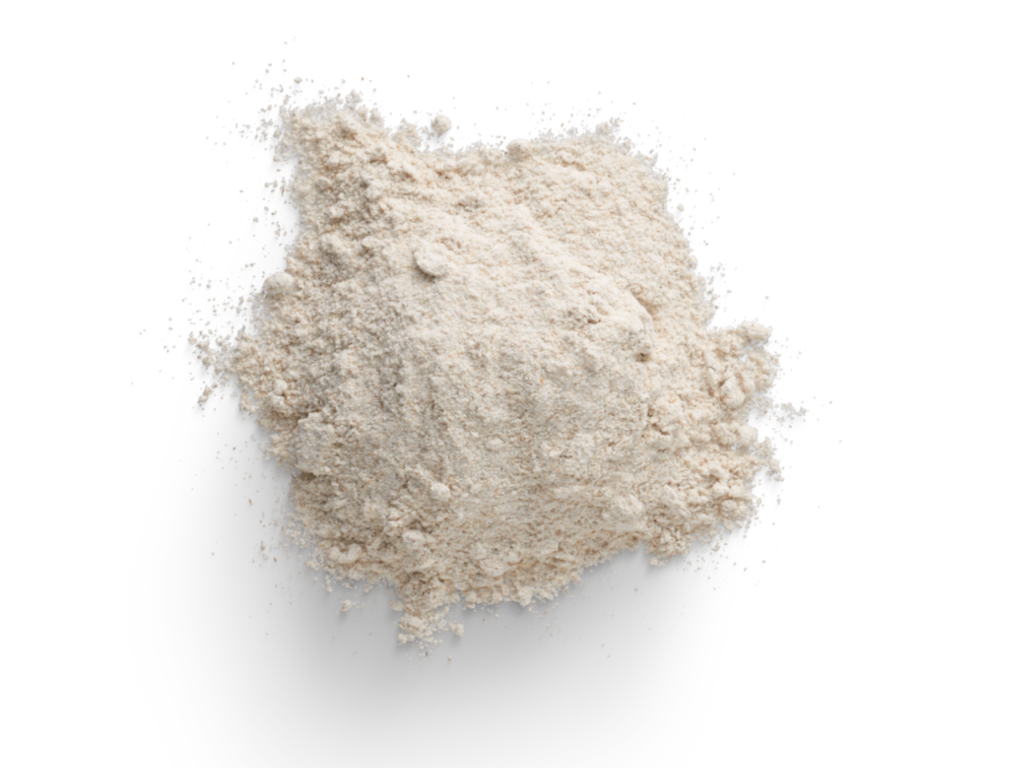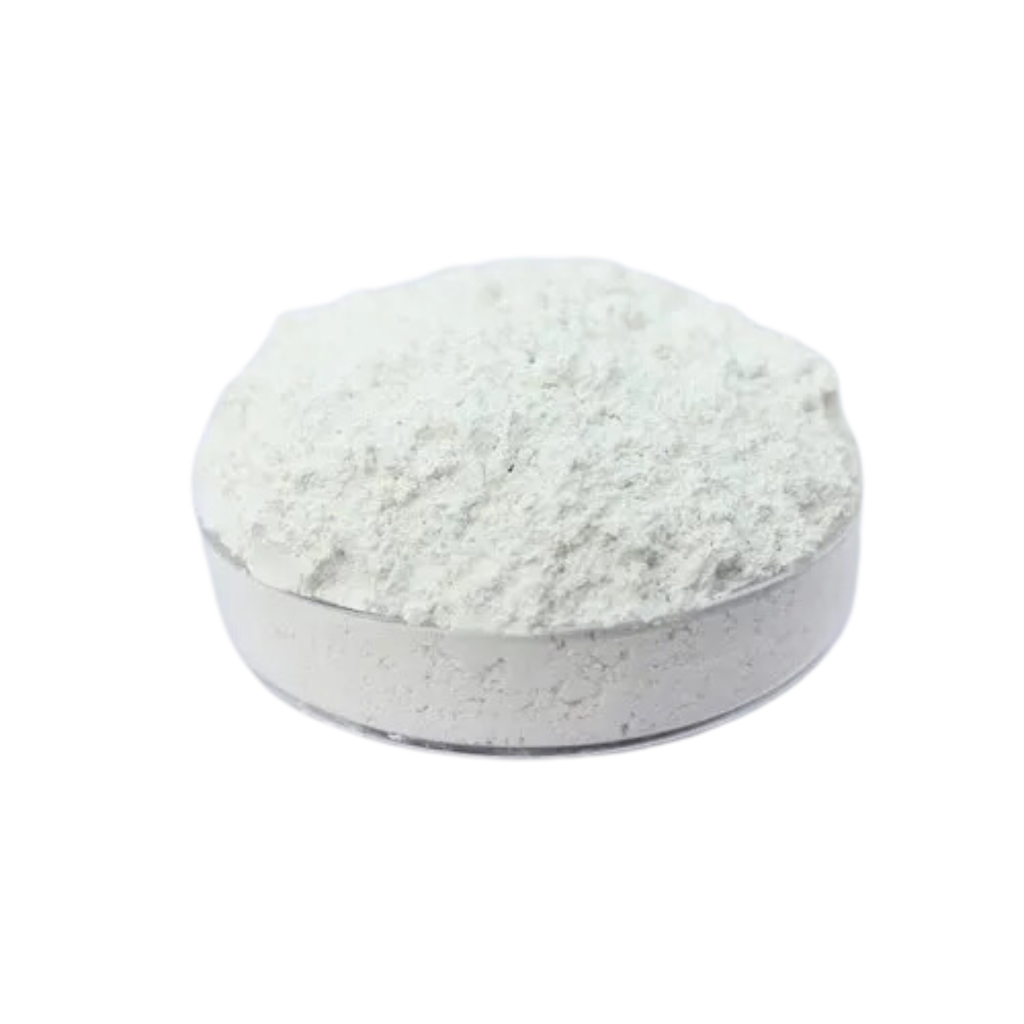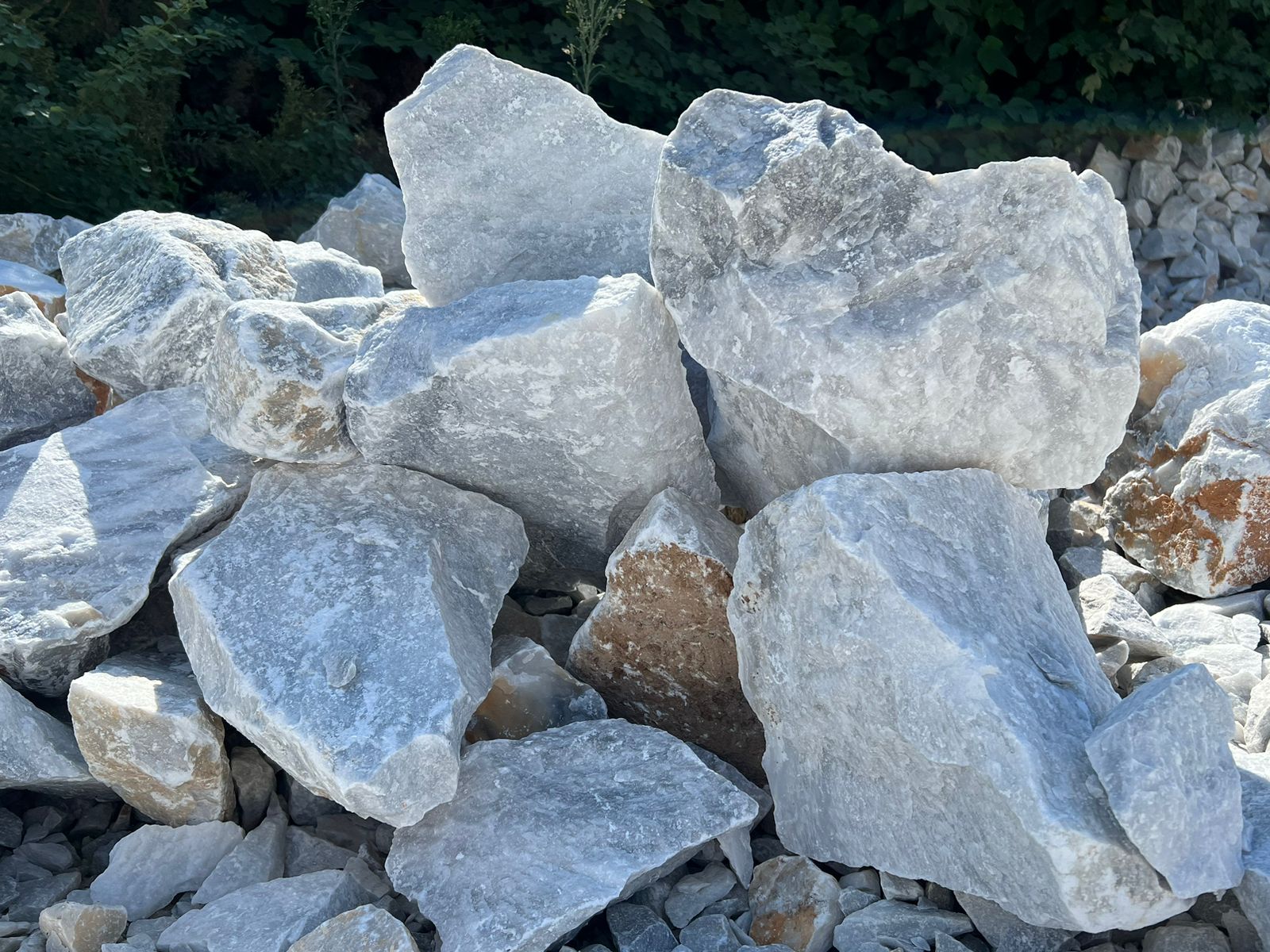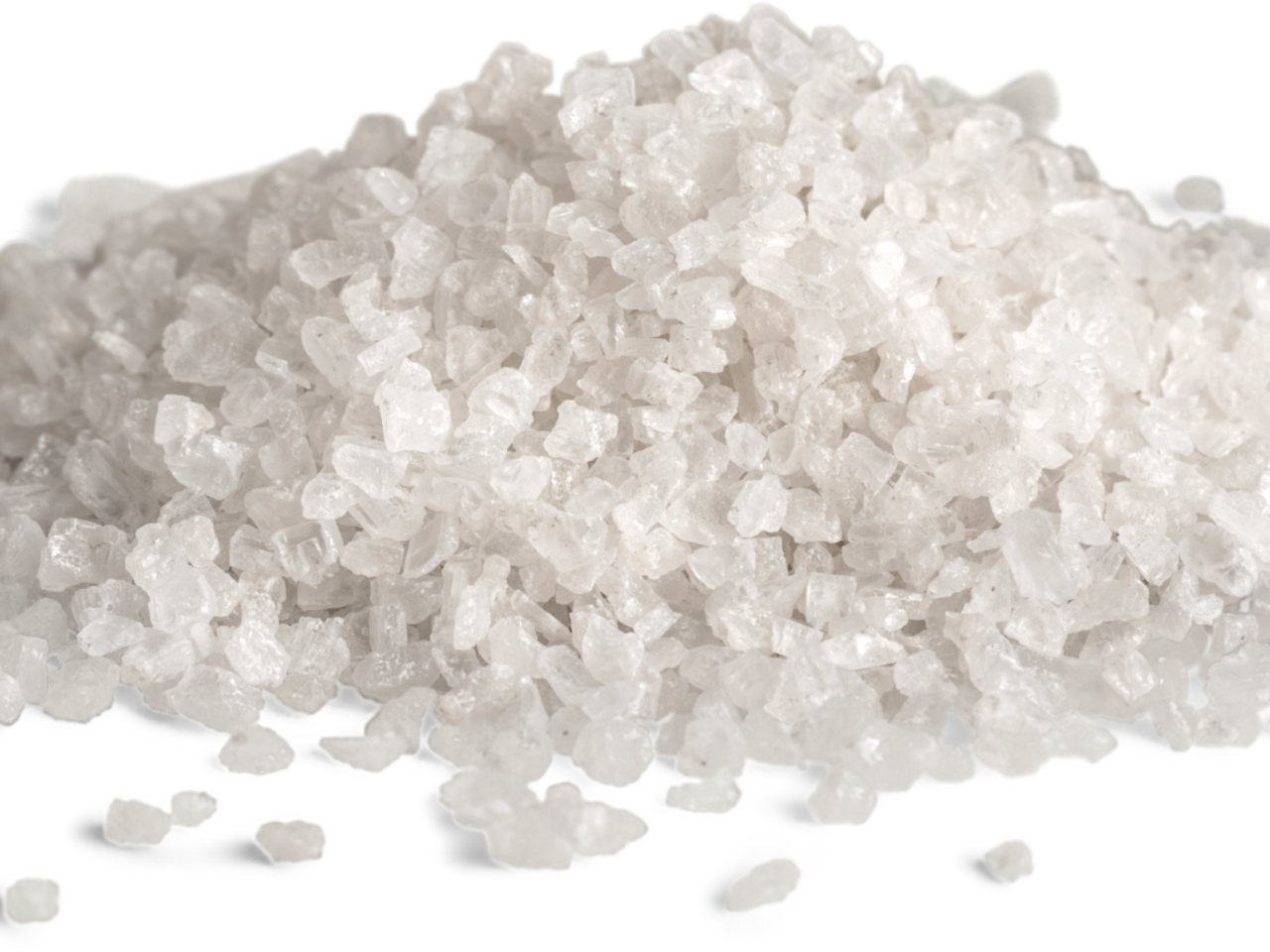What are the industrial uses of Talc? How is Talc important to our industries?
What is Talc?
Talc is one of the softest industrial minerals found on Earth. Talc is a term that is used for pure and a wide variety of soft rocks that are mined and used for various purposes. It is so soft that it can be scratched by fingers. On the Mohs hardness scale, Talc attains the first position. Thus making its crushing and cutting process very easy.
Talc is soft and greasy in nature. It is thereby widely used as a lubricant. Talc is usually colorless or has a translucent appearance. In different parts of the world, it has a green, white, or gray color.
Talc is a hydrous magnesium silicate mineral. Its chemical composition is Mg3Si4O10(OH)2. Being a monoclinic mineral, it exhibits a sheet structure that is somewhat similar to the micas. Having a perfect cleavage, it is structured as weakly bounded sheets. These sheets often slip past one another, giving them a soft, soapy, greasy texture and making them a high-temperature lubricant.


What are the forms of Talc?
The two most common forms of talc are soapstone and talcum powder. When Talc is crushed into powder, it is known as talcum powder. Most people are familiar with Talcum powder as it is used in baby powder, foot powders, cosmetic powders, and first aid powders. It has the property of absorbing oil, odor, and moisture. However, its lubricating properties give skin an astringent feel.
The other form of talc, soapstone is used widely in making ornaments and other objects. The use of soapstone in sculptures, bowls, sinks, and hearths dates back hundreds of years.
How is Talc formed?
This versatile mineral is mostly found in metamorphic rocks. It is formed by two processes. One, when warm water carries dissolved magnesium and silica reacts with dolomitic marbles. Second, chemically active fluids interact with dunite and serpentine in a warm environment forming talc.
Talc is formed in most parts of the world. Mostly in China, India, Pakistan, France, Brazil, the US, and Finland.
How is Talc mined and processed?
Mostly, talc is mined in open pits. The rock is drilled and blasted. The process results in partially crushed minerals. However, it is not easy to mine the mineral as great care has to be taken to ensure that Talc does not get contaminated with other minerals.
The next step is the processing step. Talc is then taken to mills where it is crushed and impurities are removed by a process known as froth flotation or mechanical processing. The size, brightness, and other properties of talc are taken care of according to the requirements of the clients.
What are the industrial uses of Talc?
Talc is one of the multifaceted minerals. There are various industrial uses of talc. Here are some of the vital industrial uses of talc.
Use of Talc in the Plastic Industry
One of the most common uses of talc is in the plastic industry. Talc makes a great filler in the plastic industry. Plastic products such as polypropylene, vinyl, polyethylene, nylon, and polyester get their stiffness due to talc. Adding it in plastic as a filler allows it to make it heat resistant, thus keeping it in shape for a long time.
Use of Talc in the Ceramic Industry
Talc is widely used in the manufacturing of ceramic products. Ceramic products such as bathroom fixtures, tiles, pottery, and dinnerware use talc as a filler which enhances the strength of the product and gives it a finished look.
Use of Talc in the Paint Industry
The paint industry is benefitting from talc as it is used as a filler and as an extender. The bright white mineral is used to give a gloss and brightened finish to the paints. Paints need to have a low hardness value so that the paint applicators can have a better life and retain less damage.
Use of Talc in the Paper Industry
Paper is made from organic fiber pulp. This pulp comes from wood, rags, and other organic sources. Talc is among the filler that is used in the pulp to fill the space, brighten the color, and improve the texture and strength of the paper. High-quality paper that has high ink absorption is made by using fine-quality paper.
Use of Talc in the Cosmetic Industry
High-quality, finely ground talc is used in the cosmetic industry due to its suitable properties. The mineral does not cause skin abrasion. It absorbs the oils produced by the skin, yet gives a moisturizing effect. Owing to its properties of oil absorption and odor absorption, Talc is used by the antiperspirant industry.
In the early 1990s, health concerns were identified by the use of talc. However, it has been seen that talc which is mined in the presence of asbestos is harmful to the skin. Thus, the talc that is to be used by the cosmetic industry is mined carefully to avoid the presence of asbestos.
Use of Talc in Roofing Materials
Roofing materials have to exhibit weather-resistant properties so that they can have a longer lifespan. Similarly, it is used on roll roofing to prevent stickiness.
Some Other Industrial Uses Of Talc
Talc has various uses. It is used as a lubricant for high-temperature surfaces. Oil-based lubricants are not able to survive in high-temperature areas. Another great use of this mineral is that it is used in insecticides and fungicides. Talc allows these insecticides to settle on the leaves. The rubber industry uses talc as an extender while other industries benefit from it as it is used as a filler, oil absorption, lubricant, and carrier.
Which are the best Talc Companies?
While the industrial uses of talc are significant, it is equally important to get high-quality talc. Especially the talc that is used in the cosmetics industry has to be carefully mined. Similarly to attain optimal industrial uses of talc, it is important to access the best quality talc. At Total System Solution, talc is carefully mined and processed to deliver high-quality and reliable talc.
What are the uses of Industrial fillers?
The use of industrial fillers is extensive. From plastic drinking bottles to carpets, many industries rely on fillers for production. Even though the plastic industry is the biggest beneficiary of the fillers often the fillers used by the plastic industry are known as plastic fillers. There are different types of plastics, and thus different types of fillers are used for the production of this plastic.
The most commonly used fillers are powdered nonmetallic minerals and rocks of many different types. These are often termed “mineral filler”. They are added to the desired product to enhance the properties of the product but do not act as reactive or essential components.
What are some of the industrial fillers?
Some common types of industrial fillers include
1. Calcium Carbonate
This is a common filler used in a wide range of applications, including plastics, rubber, and coatings. Calcium carbonate is relatively inexpensive and provides excellent stiffness, impact resistance, and opacity.
2. Talc
Talc is a naturally occurring mineral that is widely used as a filler in plastics, coatings, and adhesives. Talc provides excellent stiffness, impact resistance, and heat resistance, making it ideal for high-performance applications.
3. Glass fibers
Glass fibers are used as fillers in composite materials to improve their strength, stiffness, and resistance to impact and fatigue. Glass fibers are typically added to resins to create fiber-reinforced plastics.
4. Silica
Silica is a common filler used in rubber, coatings, and adhesives to improve their properties. Silica can improve stiffness, tear strength, and abrasion resistance.
5. Carbon black
Carbon black is a widely used filler in rubber products, such as tires, to improve their strength and wear resistance.
Which industries rely on fillers for production?
There are numerous industries that rely on industrial fillers for their production processes. Here are some of the key industries that commonly use industrial fillers:
1. Plastics Industry
Industrial fillers such as calcium carbonate, talc, and glass fibers are commonly used in the plastics industry to improve the strength, stiffness, and durability of plastic products. These fillers can also help to reduce the cost of plastic production by replacing more expensive materials.
2. Rubber Industry
The rubber industry also relies heavily on industrial fillers such as silica, carbon black, and calcium carbonate to improve the properties of rubber products, such as tires, belts, and hoses. These fillers can improve the strength, wear resistance, and processability of rubber products, making them more effective and efficient.
3. Paints and Coatings Industry
Industrial fillers such as silica, calcium carbonate, and talc are commonly used in the paints and coatings industry to improve the properties of these materials. Fillers can help to improve the opacity, durability, and scratch resistance of coatings, making them more effective in protecting surfaces from damage and wear.
4. Adhesives Industry
Industrial fillers are also used in the adhesives industry to improve the properties of these materials. Fillers can improve the strength, viscosity, and durability of adhesives, making them more effective in bonding different materials together.
5. Construction Industry
Industrial fillers such as sand, gravel, and crushed stone are commonly used in the construction industry to produce concrete, which is a key building material. These fillers can improve the strength and durability of concrete, making it more effective in supporting structures and resisting damage from environmental factors.
Conclusion
Overall, the use of industrial fillers is widespread in many different industries, as these materials can provide important benefits such as improved properties, reduced cost, and increased efficiency.
Industrial fillers are important in various industries because they can improve the properties of materials, such as strength, stiffness, impact resistance, and heat resistance, and can also reduce costs by replacing more expensive materials. The use of industrial fillers allows manufacturers to produce high-performance products at a lower cost, making them more competitive in the market.
Want fillers for your industry? Contact us to know which filler is the most suitable for your industry!












